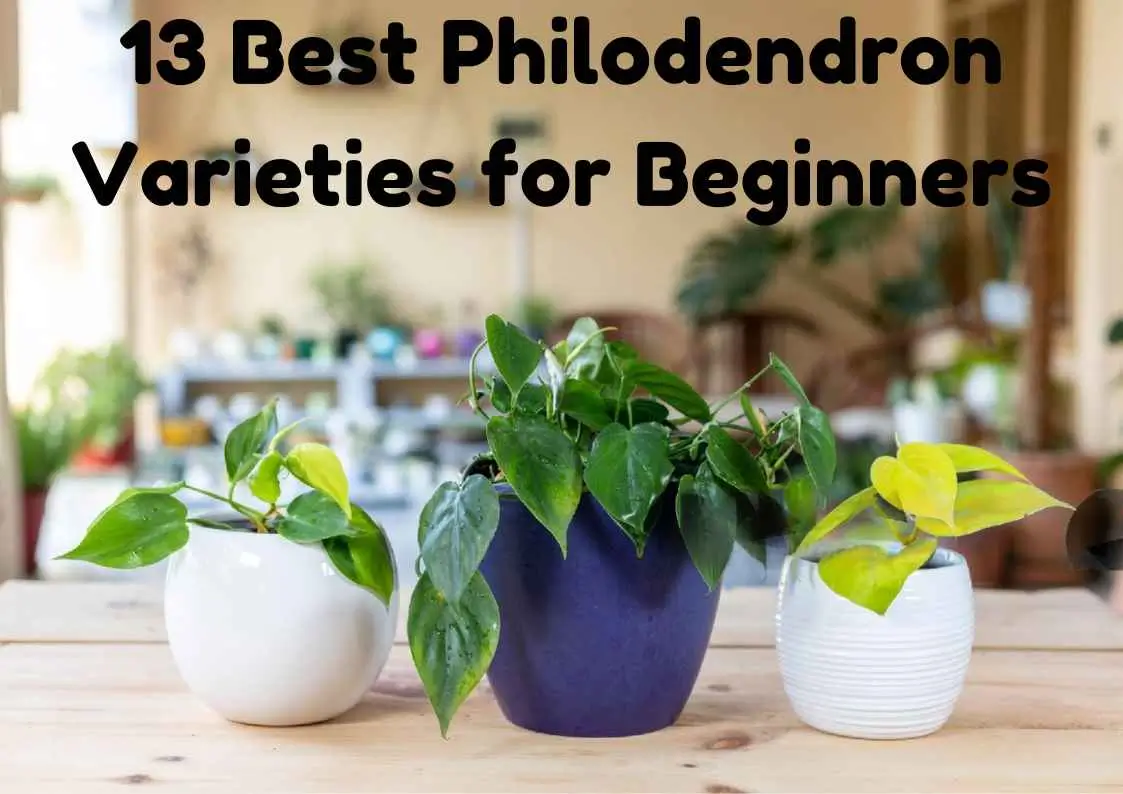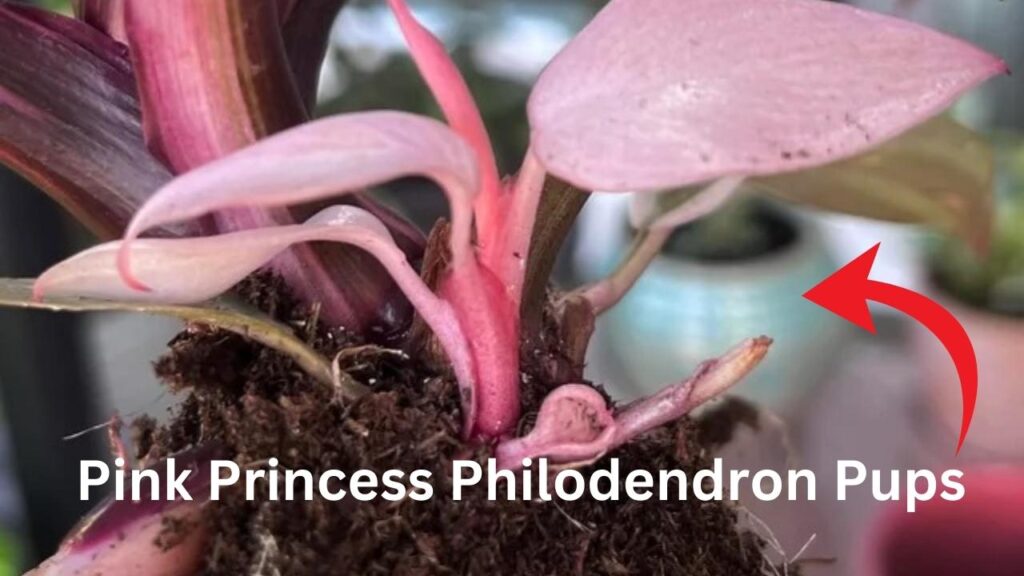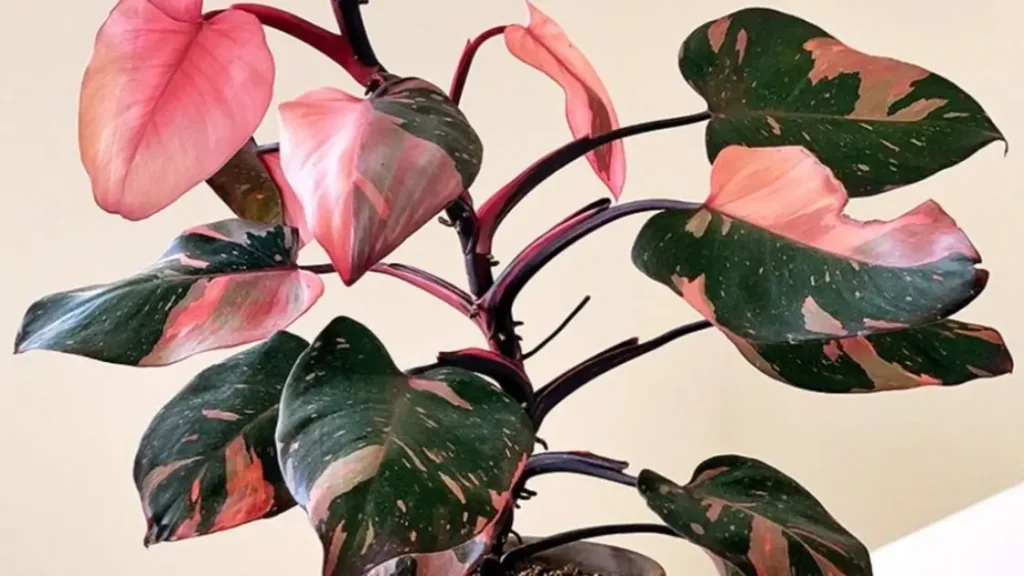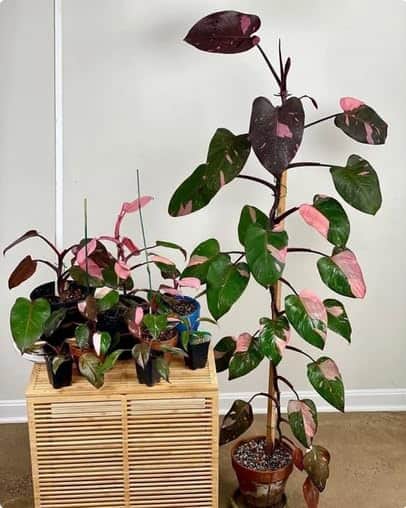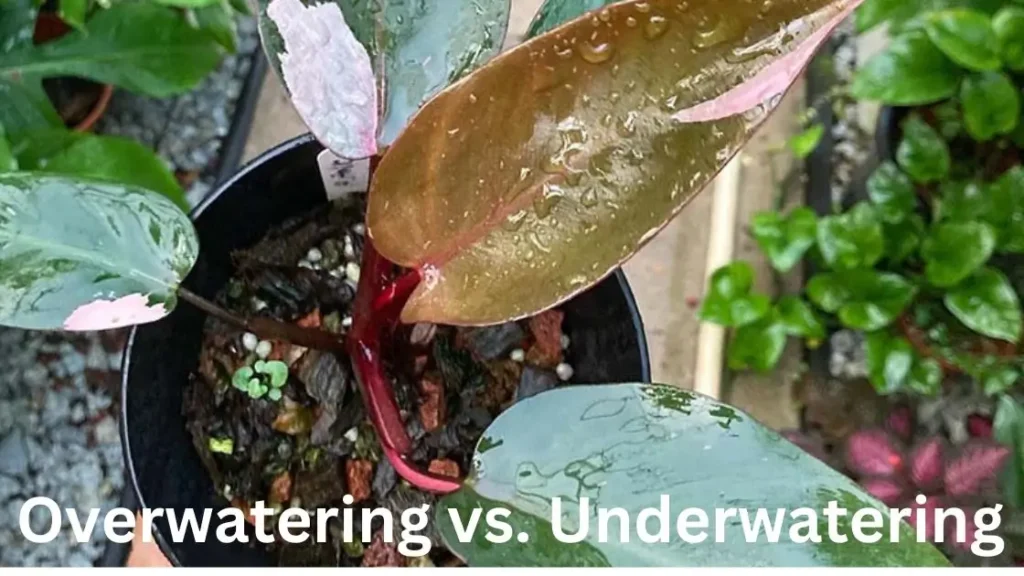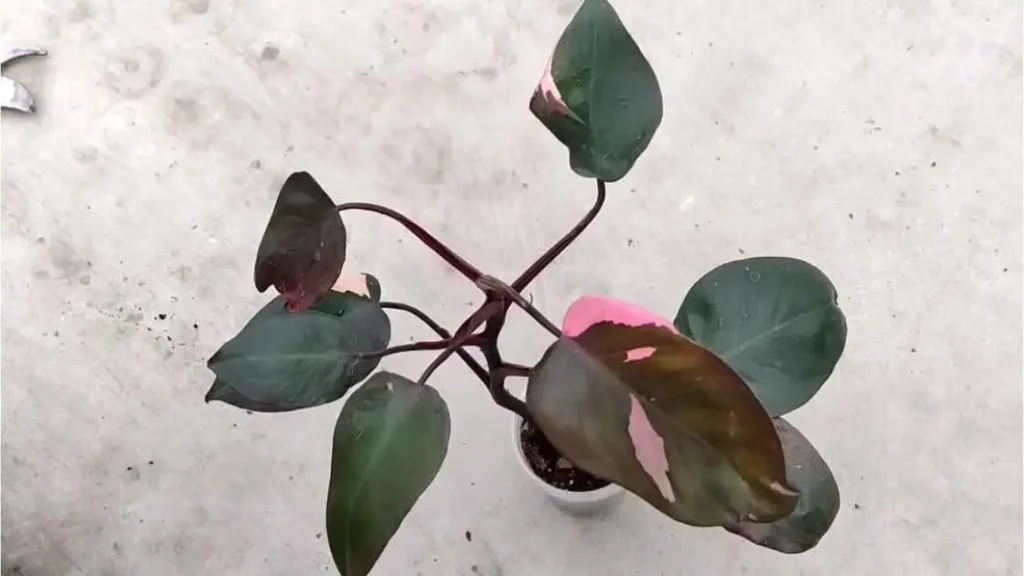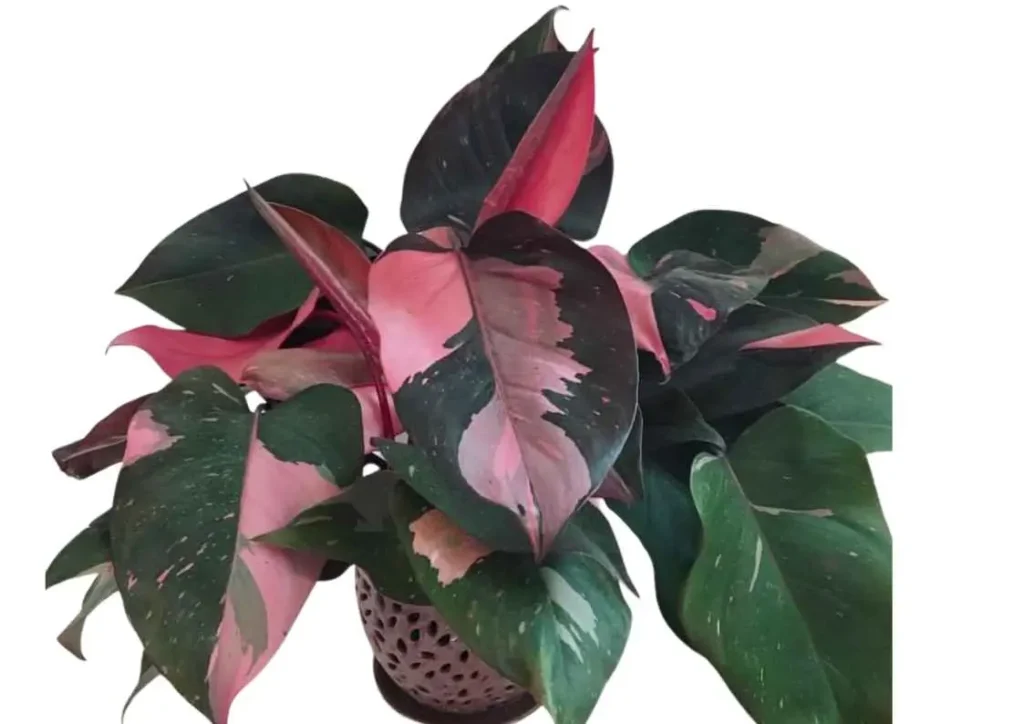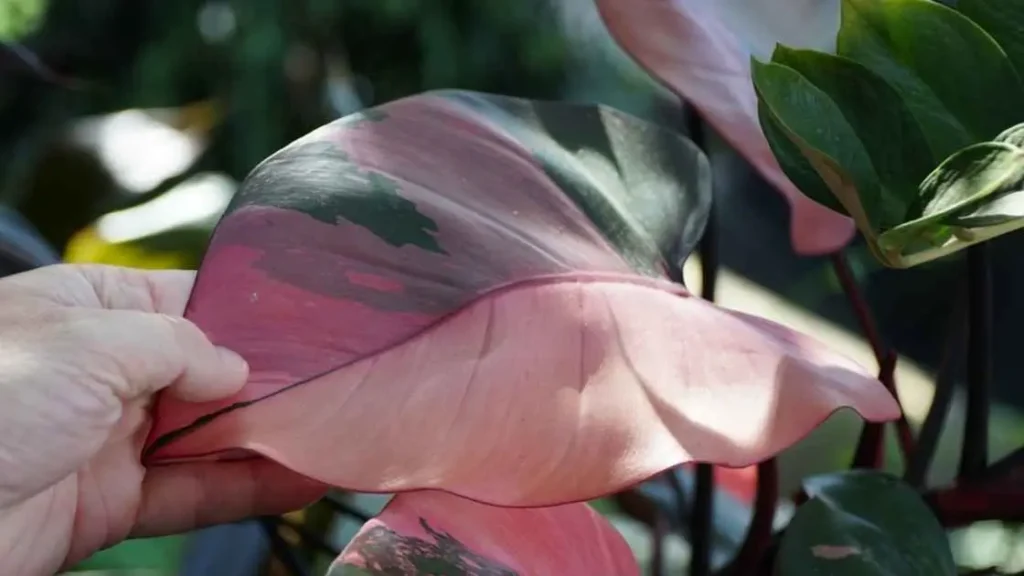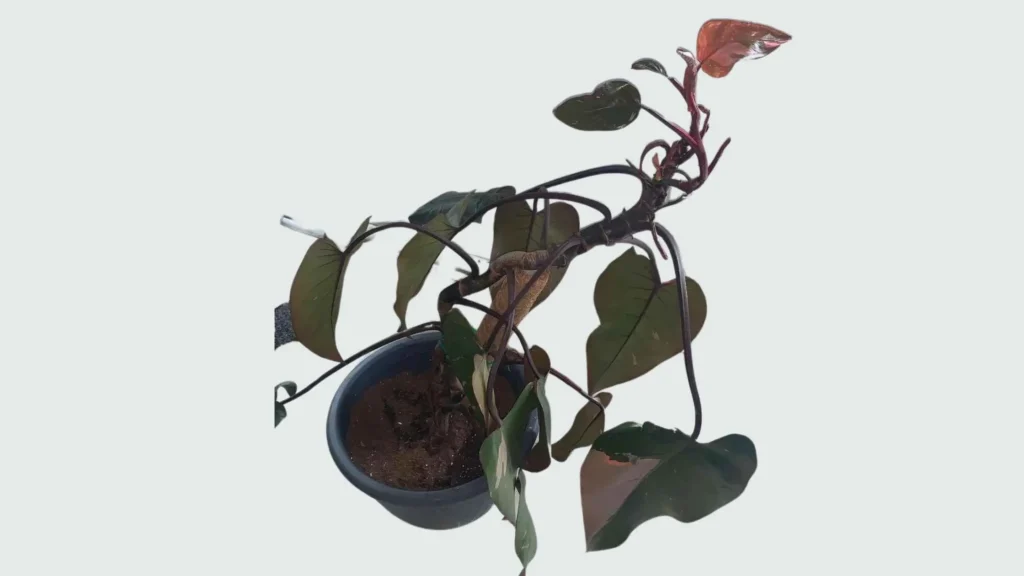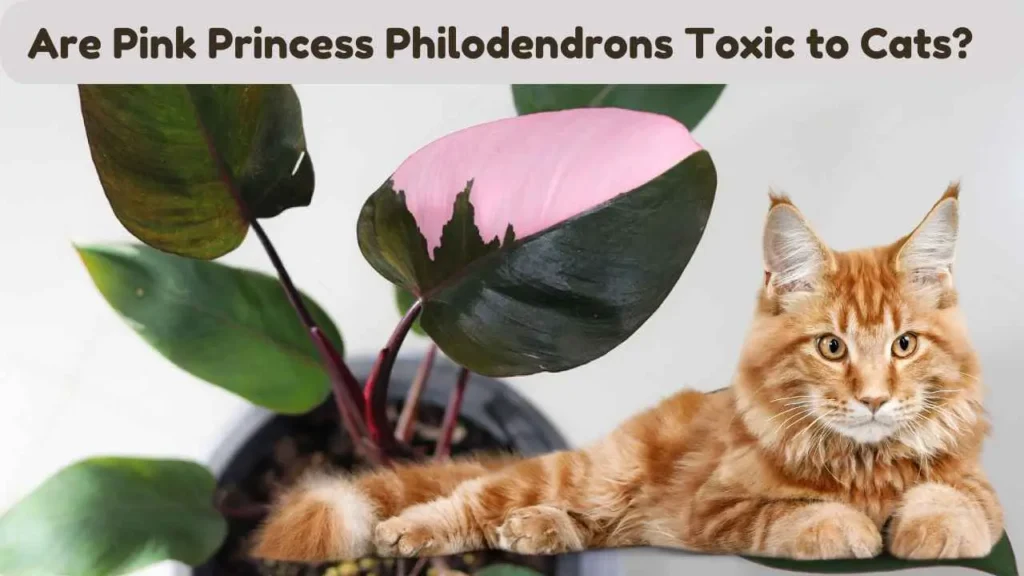Table of Contents
ToggleIf you’re new to houseplants, Philodendrons are a great choice. They’re beautiful, flexible, and easy to care for. Whether you want to create a green indoor space or just add a few plants to your home, Philodendrons are perfect. In this guide, I’ll show you 13 of the best Philodendrons for beginners.
Why Choose Philodendron Varieties?
When I started my indoor garden, I chose Philodendrons for their pretty leaves and easy care. I didn’t want a plant that needed constant attention. I wanted one that could survive if I got busy or forgot to water it for a day or two. And let me tell you, Philodendrons are very forgiving.
Philodendrons are popular houseplants for a good reason. They adapt well, can grow in different light conditions, and are hard to kill. For beginners, this is perfect. Plus, with so many types to pick from, you can find one that looks just right for your space.
1. Heartleaf Philodendron (Philodendron hederaceum): The Classic Beginner’s Choice
Let’s talk about the Heartleaf Philodendron. This was the first Philodendron I owned, and it’s still one of my favorites. The Heartleaf Philodendron has heart-shaped leaves that add beauty to any room. It’s a vining plant, so it looks great in hanging baskets or climbing a trellis.
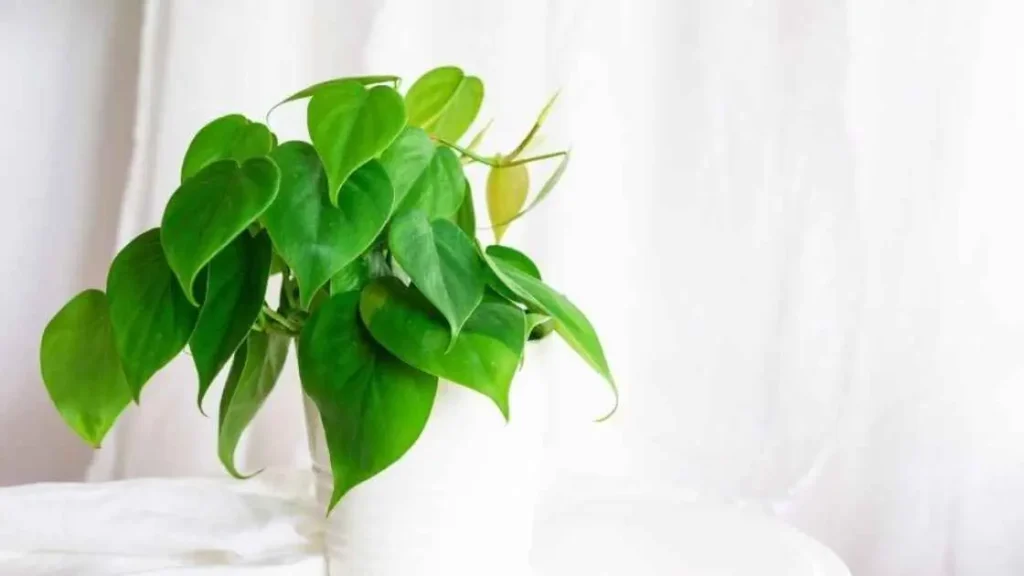
One thing that makes this plant great is how tough it is. It can grow well in low to medium light, so it’s perfect for spots in your home that don’t get much sunlight. And if you forget to water it sometimes? That’s okay! This plant is very forgiving and can handle some neglect.
If you want a houseplant that’s easy to care for and nice to look at, the Heartleaf Philodendron is a great choice.
2. Philodendron Brasil: A Vibrant Twist on a Classic
Next is the Philodendron Brasil, a colorful type of Heartleaf Philodendron. If you like plants with a bit of color, the Brasil is a great choice. Its leaves are a bright mix of green with yellow and lime streaks. This makes it a lively addition to any indoor garden.
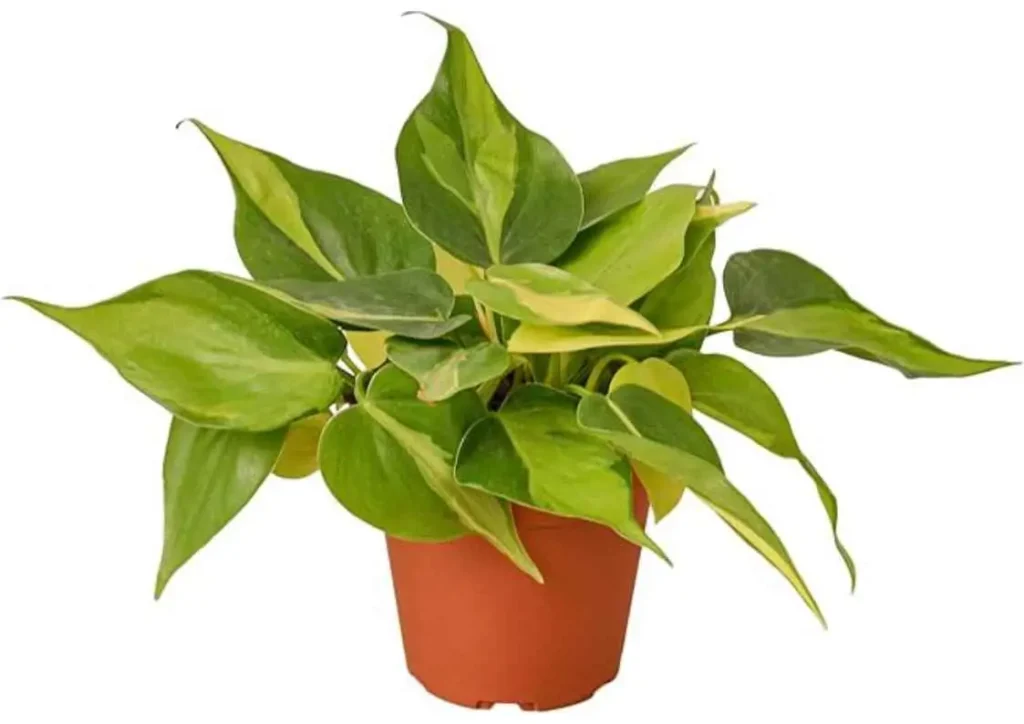
Like its parent plant, the Philodendron Brasil is easy to care for. It grows best in bright, indirect light but can also handle lower light. I’ve noticed it grows a bit slower than the plain green Heartleaf, but its beautiful colors make up for it.
I love placing the Brasil where its colors can really stand out, like near a window with indirect sunlight. Whether you let it trail from a shelf or climb a support, the Philodendron Brasil is sure to catch your eye.
3. Philodendron Micans: The Velvet-Leafed Beauty
The Philodendron Micans is a hidden treasure. It’s not as easy to find in stores as other plants, but it’s worth the search. The Micans has velvety, deep green leaves that shimmer with a touch of bronze in the right light. This texture gives it a rich, luxurious look.
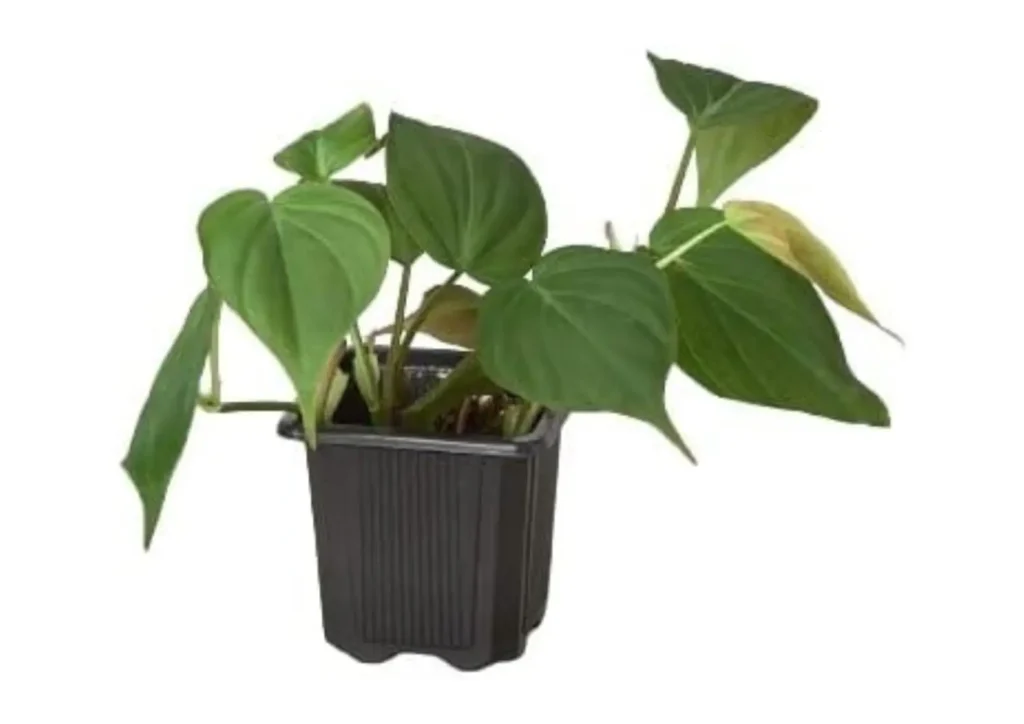
Like other Philodendrons, Micans is very easy to care for. It prefers bright, indirect light but can adapt to lower light. It grows well in hanging pots or draped over a shelf, where its vines can trail down beautifully.
One thing I like about the Micans is how quickly it grows. It’s a great choice if you want to add lush greenery to your space fast. Once you see those velvety leaves in person, you’ll love it.
4. Philodendron Birkin: Striking White Pinstripes
If you like trendy plants, you’ve probably seen the Philodendron Birkin. This plant has become popular recently, and it’s easy to understand why. The Birkin has striking white stripes on its dark green leaves, making it stand out.
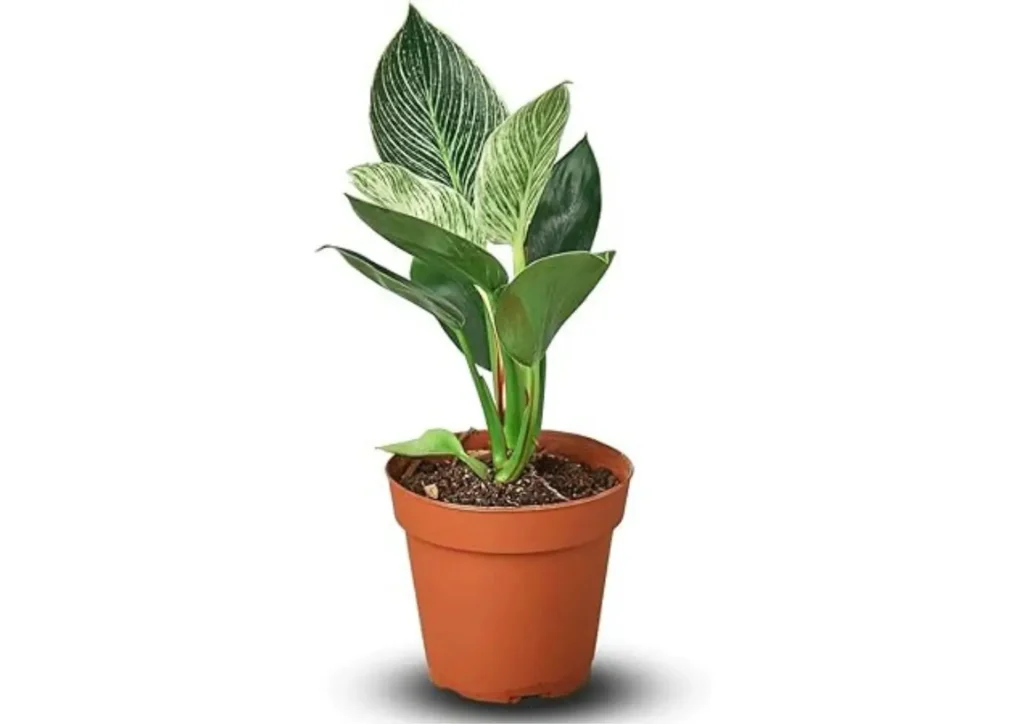
What’s great about the Birkin is that it’s not just pretty—it’s also easy to care for. It prefers bright, indirect light, which helps keep those white stripes clear. But it can also handle lower light. Just make sure the soil stays moist but not too wet.
The Philodendron Birkin is a great plant to add some style to your indoor garden. Its unique leaves make it a conversation starter in any room.
5. Philodendron Xanadu: A Bushy, Compact Option
The Philodendron Xanadu is different from the vining types we’ve discussed. This plant grows in a bushy, compact way, making it perfect for tabletops or as a centerpiece in a larger plant setup. Its deeply lobed, shiny green leaves give it a lush, tropical look.
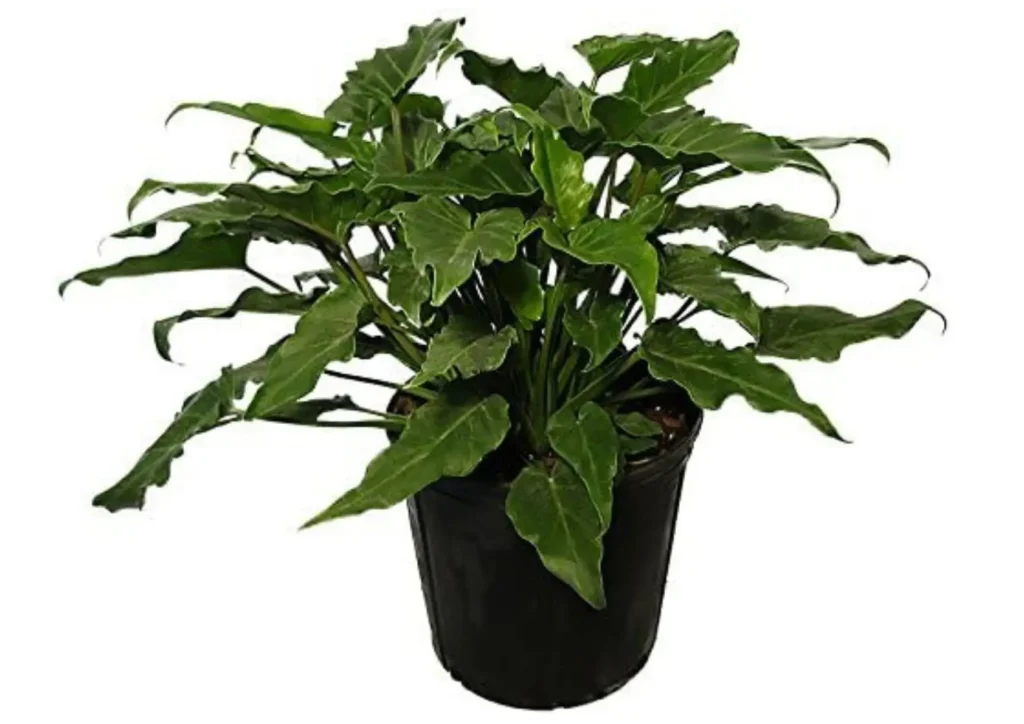
One thing I like about the Xanadu is how easy it is to care for. It grows best in bright, indirect light and needs regular watering to keep its leaves fresh and vibrant. Unlike some delicate Philodendrons, the Xanadu is tough and can handle a bit of rough care.
If you want a Philodendron that doesn’t need support or a trellis, the Xanadu is a great choice. Its structured growth and rich green leaves make it stand out in any indoor garden.
6. Philodendron Moonlight: Bright and Cheerful Foliage
Looking to brighten up a dark corner in your home? The Philodendron Moonlight might be just what you need. This plant stands out with its bright yellow-green leaves that almost glow in low light. It’s a great choice if you want to add some color to your indoor space.
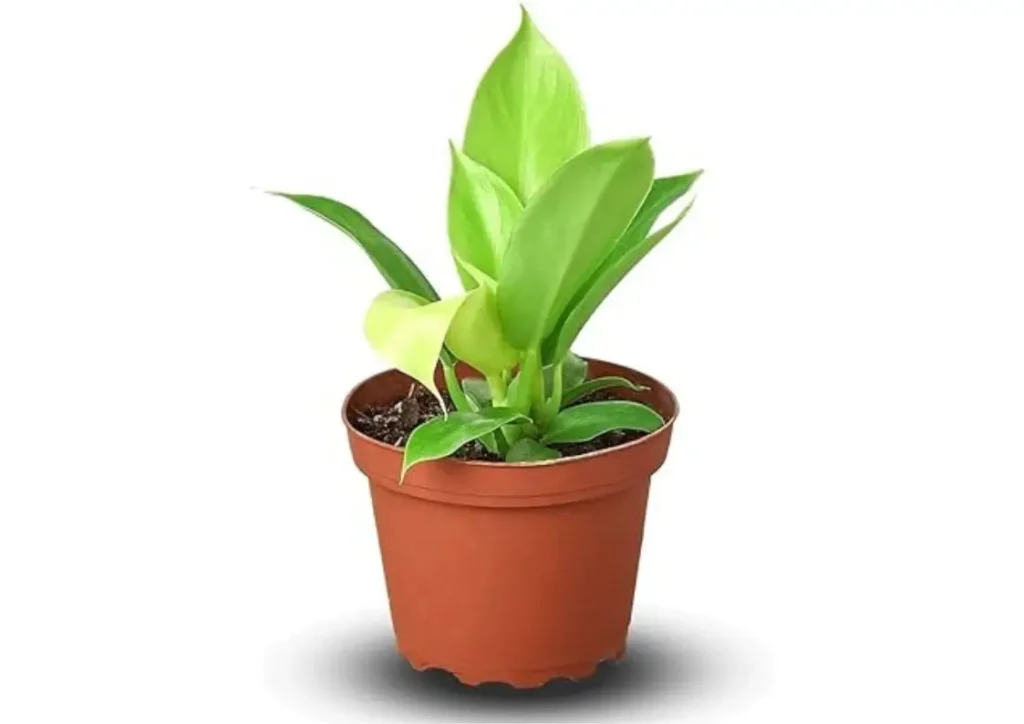
The Moonlight is a non-vining Philodendron, so it grows upright and bushy. It’s easy to care for, preferring bright, indirect light but can handle lower light too. Just water it regularly, and you’ll enjoy its cheerful, neon-green leaves.
What I love about the Moonlight is how it instantly lifts the mood of a room. Its bright color adds energy to any space, making it a must-have for anyone looking to liven up their indoor garden.
7. Philodendron Pink Princess: The Instagram Favorite
The Philodendron Pink Princess has become very popular, and it’s easy to see why. This plant is known for its dark green leaves with bright pink patches, making it one of the most wanted Philodendrons.
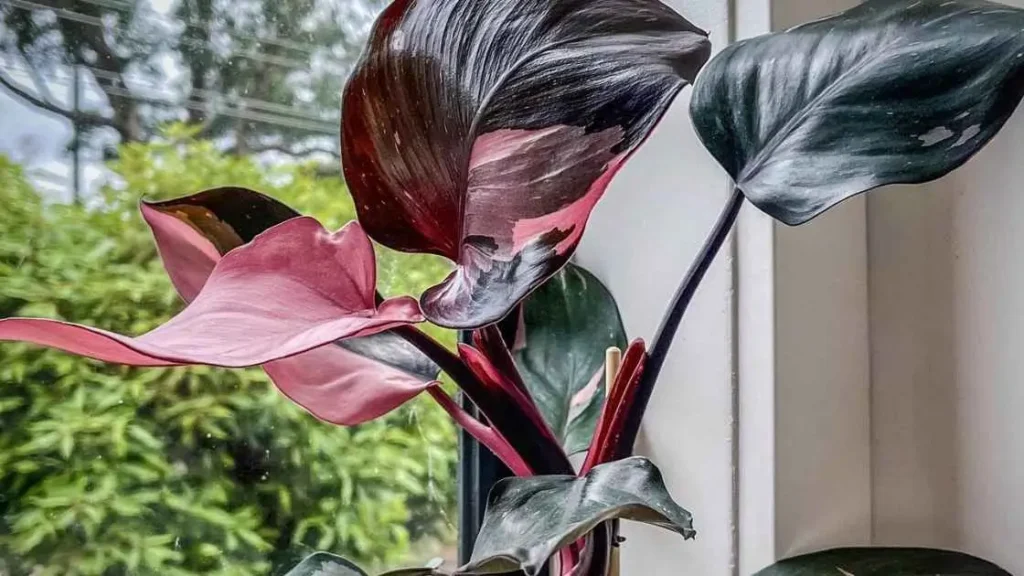
However, the Pink Princess can be a bit tricky. To keep its pink leaves bright, you’ll need to give it bright, indirect light and high humidity. It’s a bit more demanding than other plants, but if you’re up for it, the results are worth the effort.
I’ve found that the Pink Princess grows best near a humidifier or in a bathroom with good light. It needs a little extra care, but its stunning look makes it a star in any collection.
8. Philodendron Prince of Orange: A Royal Addition to Your Collection
If you want a Philodendron that really stands out, the Prince of Orange is a great choice. As the name suggests, this plant has leaves that start as bright orange and turn deep green as they age. The contrast between the new and old leaves is striking.
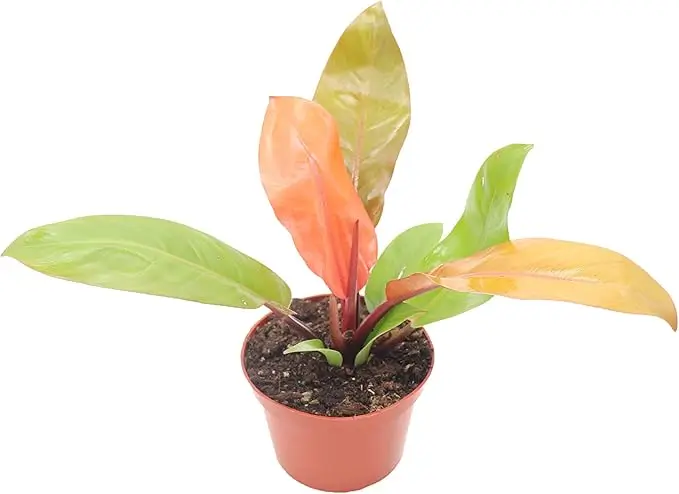
The Prince of Orange grows upright and doesn’t vine or trail. It’s easy to care for and likes bright, indirect light and regular watering.
I like placing the Prince of Orange where its bright colors can really shine. It’s perfect for adding a touch of color and drama to your indoor garden.
9. Philodendron Red Congo: A Bold, Self-Heading Variety
The Philodendron Red Congo is a bold and beautiful plant that stands out. Unlike vining Philodendrons, the Red Congo grows upright and doesn’t need support. Its large leaves start as deep red and slowly turn rich green as they mature.
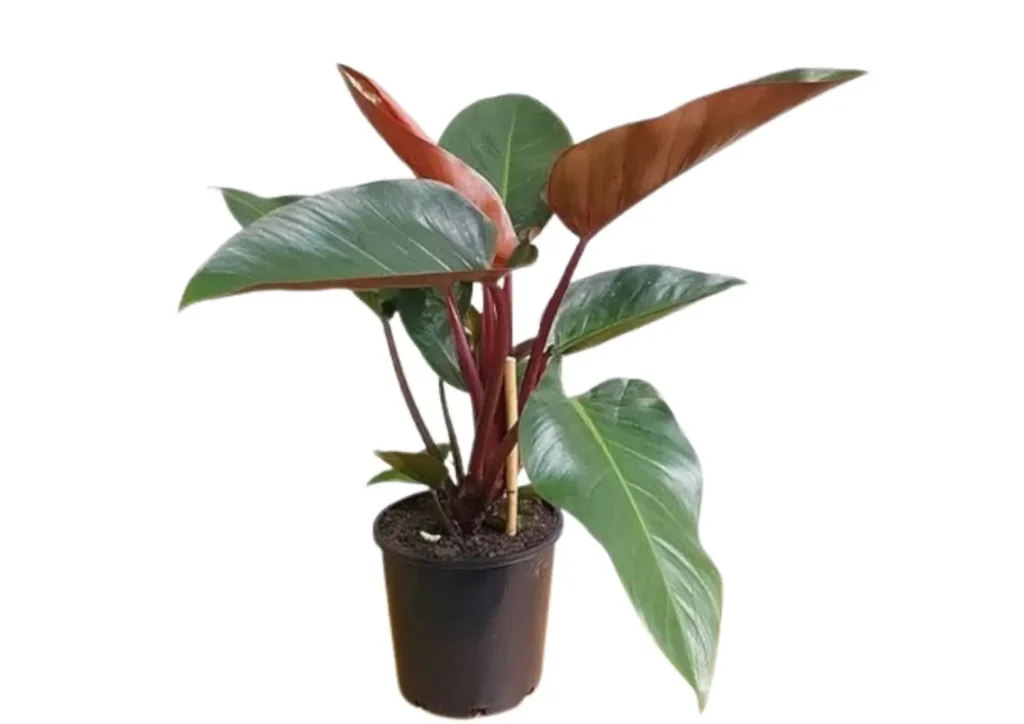
This plant is perfect if you want a focal point in your home. It thrives in bright, indirect light and needs regular watering to keep its lush look. The Red Congo is also quite hardy, making it a great choice for beginners.
What I love about the Red Congo is how it transforms a space with its bold, lush leaves. Whether you place it in your living room, office, or another room, this plant is sure to impress. Plus, it’s low-maintenance, so even beginners can keep it healthy.
10. Philodendron Selloum (Tree Philodendron): A Tropical Statement
If you love the idea of a tropical feel indoors, the Philodendron Selloum, also called the Tree Philodendron, is a great choice. This plant has large, deeply divided leaves that can give any room a lush, tropical look.
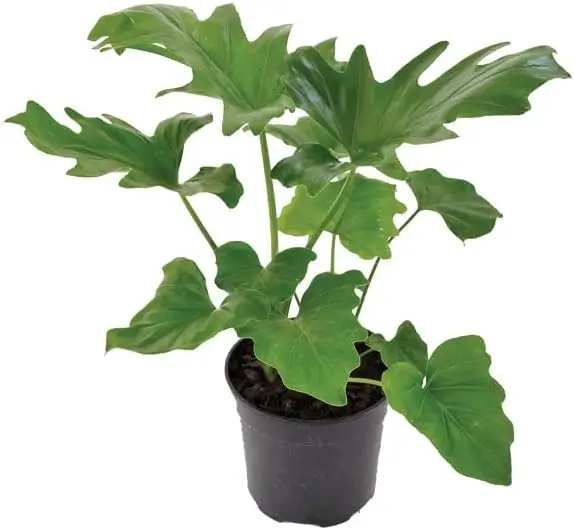
The Philodendron Selloum can grow quite large, making it perfect as a floor plant for big spaces. It thrives in bright, indirect light and needs regular watering to keep its leaves fresh. As it grows, it might need some extra room to spread out.
I love the Philodendron Selloum for its bold, tropical appearance. It’s the kind of plant that can really change a room, bringing a touch of the tropics to your home, no matter where you live.
11. Philodendron Bob Cee: A Rare Climbing Gem
If you want to add something unique to your collection, the Philodendron Bob Cee is a great choice. This rare plant is known for its long, serrated leaves and its ability to climb up totems, fences, or even tree trunks.
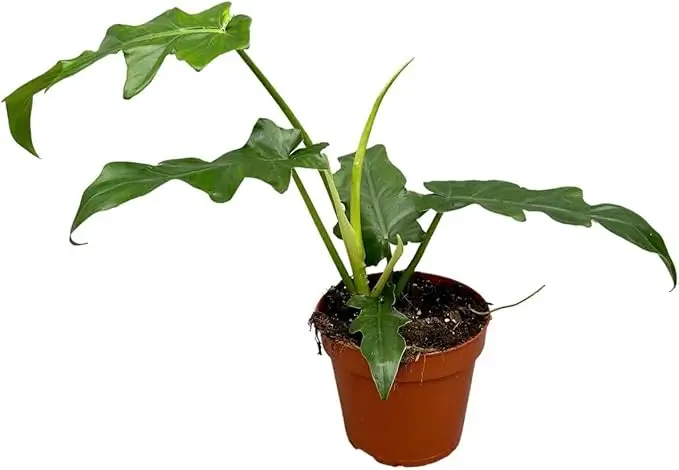
The Philodendron Bob Cee loves high humidity, so it’s perfect for a bathroom with good natural light or near a humidifier. It grows quickly and can cover a support with its bright green leaves.
What I find fascinating about the Philodendron Bob Cee is its versatility. You can let it climb or let it trail down from a hanging basket. Either way, this plant will catch attention with its unique look.
12. Philodendron Black Cardinal: Dark and Dramatic
The Philodendron Black Cardinal is a real eye-catcher with its deep burgundy to almost black leaves. This small, self-growing plant is great for smaller spaces where you want to add a bit of drama.
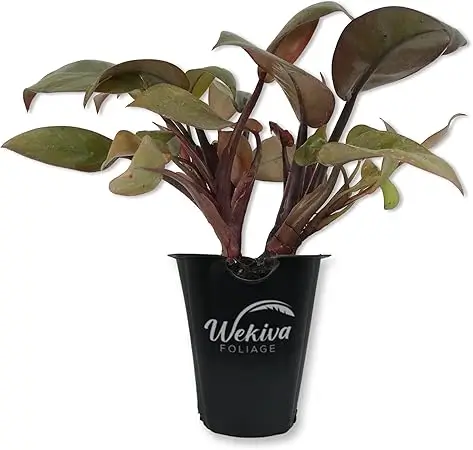
One of the best things about the Black Cardinal is that it’s easy to care for. It likes bright, indirect light but can also handle lower light. Just make sure to water it often to keep its leaves looking their best.
I love using the Philodendron Black Cardinal in spots where I want to contrast with lighter-colored plants. Its dark leaves are striking and add a touch of class to any indoor garden.
13. Philodendron Splendid: Large, Velvety Leaves
The Philodendron Splendid is a plant with big, soft, heart-shaped leaves. It gets its name because of its beautiful leaves. This plant is a mix of two other types of Philodendrons—Philodendron melanochrysum and Philodendron verrucosum. It has the best features of both.
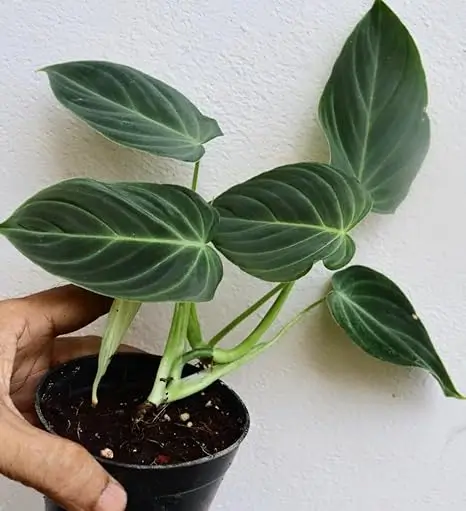
The Philodendron Splendid likes bright but indirect light and needs regular watering. It climbs, so it will need something to hold onto as it grows. Its leaves can grow very large, making it a standout in any plant collection.
What I love most about the Philodendron Splendid is its rich, soft leaves. The velvety feel of its leaves is different from any other plant, adding a touch of class to any room.
Which Philodendron Variety is Right for You?
After looking at these 13 Philodendron plants, it’s clear there’s a perfect one for every indoor gardener. Whether you’re just starting or want to grow your collection, these Philodendrons offer easy care and great looks.
If you’re new to houseplants, try the Heartleaf Philodendron or Philodendron Brasil. Both are very easy to care for and can handle different light conditions. If you want to add some color, go for the Philodendron Pink Princess or Philodendron Prince of Orange.
For those who like a tropical vibe, the Philodendron Selloum or Philodendron Splendid are great picks. And if you want something unique, the Philodendron Bob Cee or Philodendron Black Cardinal will stand out.
No matter which one you choose, Philodendrons are some of the best houseplants to grow. They’re beautiful, tough, and come in many varieties, making them perfect for any indoor gardener, whether you’re new or experienced. So why not add one, or a few, to your collection today?
FAQs
What is the easiest Philodendron to care for?
The Heartleaf Philodendron is one of the easiest to care for. It can handle low light and doesn’t need much attention, making it great for beginners. It’s a tough plant that’s perfect for anyone new to indoor gardening.
How much light do Philodendrons need?
Most Philodendrons do well in bright, indirect light. They can also live in lower light. Variegated types, like the Philodendron Brasil, might need a bit more light to keep their colors bright. Avoid direct sunlight because it can burn the leaves.
Can Philodendrons grow in low light?
Yes, many Philodendrons can grow in low light, which makes them ideal for rooms without much natural light. The Heartleaf Philodendron and Philodendron Micans are especially good for low light. But they might grow slower and have less bright leaves in these conditions.
How often should I water my Philodendron?
Philodendrons like their soil to stay moist but not too wet. It’s best to water them when the top inch of soil feels dry. Overwatering can cause root rot, so if you’re not sure, it’s better to water less. In winter, they may need less water.
Are Philodendrons safe for pets?
No, Philodendrons are not safe for pets. If eaten, they can cause irritation and trouble swallowing due to calcium oxalate crystals. Keep them out of reach of pets or choose pet-safe plants instead.
Related
Discover more from Pink Philodendron
Subscribe to get the latest posts sent to your email.

